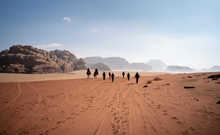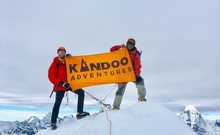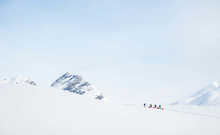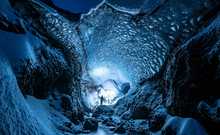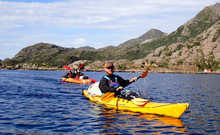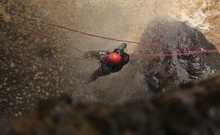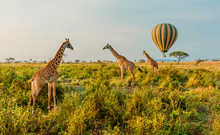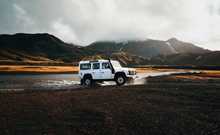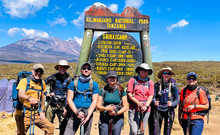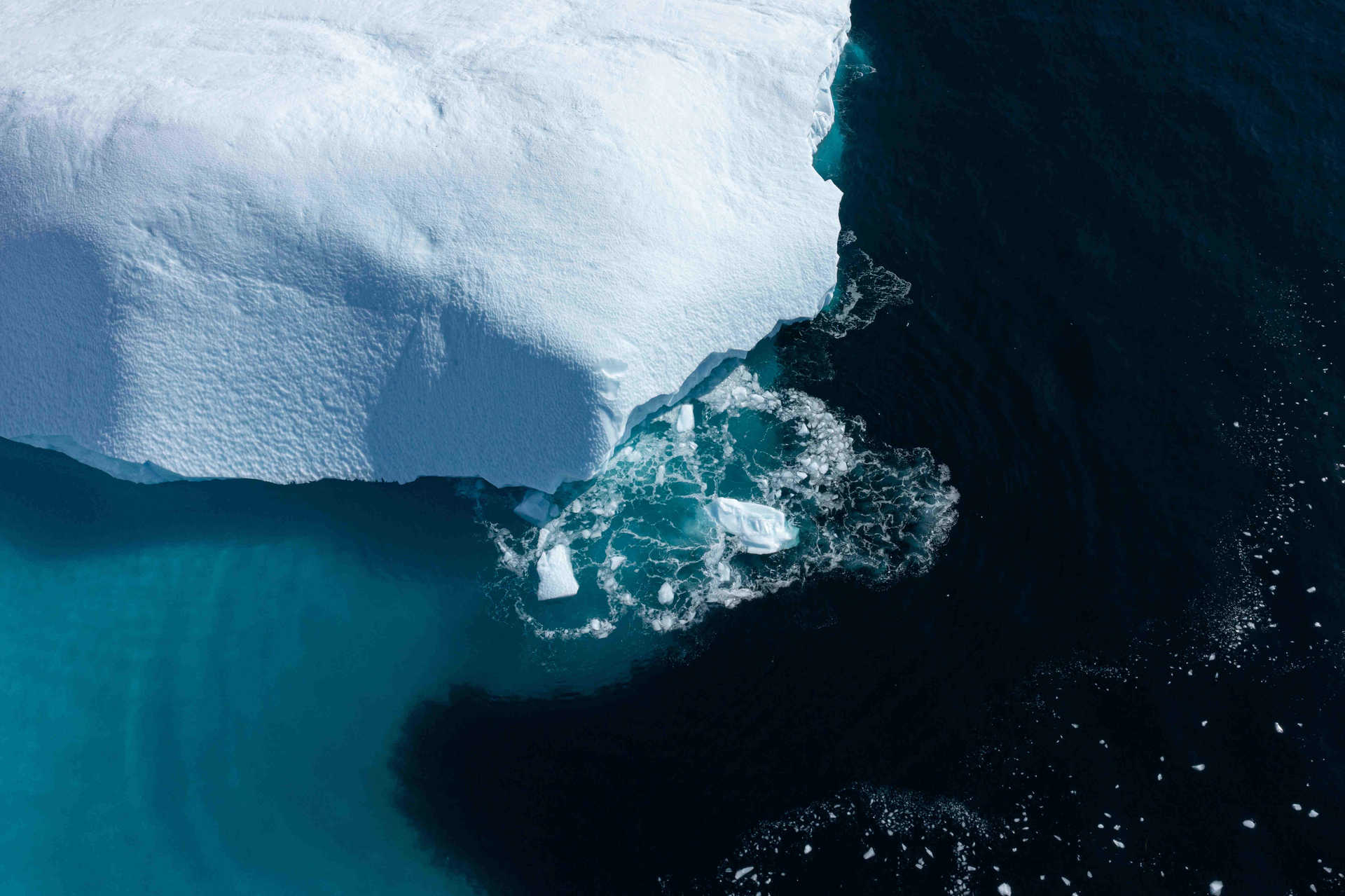Our commitment to sustainable travel
In a world where sustainable travel and tis becoming both a necessity and yet also a gimmick, it can be really difficult to decipher who is putting in the time to hold responsibility for their environmental impact and who is flaunting the green mask of hypocrisy.
As passionate travellers, we believe in creating unforgettable experiences that leave positive memories on both the guests who join us and the destinations we are visiting. Spending time investing in local enterprises, forming deep connections with those we work alongside and finding ways to give back to these communities, are all essential to developing a respectful and responsible style of travel.
As for our carbon impact, at Kandoo Adventures we are offsetting all our trips within the trip cost, so you can rest assured that the trip you are booking has been carefully constructed to reduce the repercussions on future generations.
Why does sustainability in adventure travel matter?
As one of the world’s largest industries, the tourism sector, unfortunately, is a large contributor in the environmental changes we are beginning to see worldwide. With flights and methods of travel becoming evermore directed at a population with an insatiable desire for instant gratification, it can be difficult to step out on new adventures to new destinations without feeling the weight of the rapidly changing climate resting heavily on your shoulders.
Sustainable travel, that maximises positive impact on local communities and reduces the negative environmental impacts on our planet, is essential in allowing passionate travellers to continue stepping out on adventures.
In 2024, an estimated 40.6 million flights were scheduled worldwide, with an average 7 hour flight contributing to 250kg C02e per passenger per hour flying, the same impact as driving a medium sized car 1000km. This equates to one flight contributing to roughly 583 tonnes of C02e emissions! With all the will in the world, it is not realistic that the everyday traveller is reducing these numbers, so, to reduce our impact and travel in a more responsible manner we must find ways of making the flight emissions worthwhile. Planning longer trips that pack in lots over several weeks, opting for economy seats on flights, taking part in low impact travel such as trekking and camping experiences over all-inclusive resort style trips and spending time researching airlines that make significant ‘green flight’ efforts such as United Airlines, KLM, and Lufthansa Group are all ways to travel more sustainably.
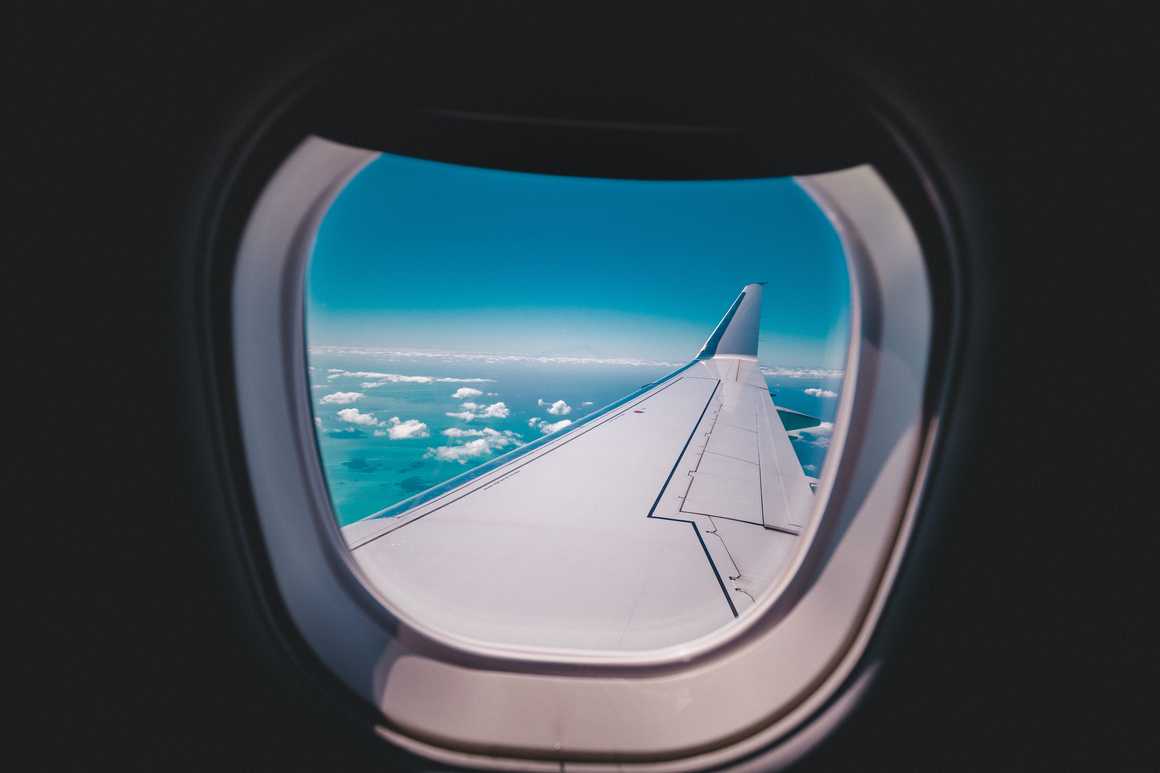
Top sustainable adventure travel companies: Kandoo Adventures commitment to sustainability
At Kandoo Adventures, we have designated time and effort into ensuring that sustainability is woven into all aspects of the way we work. We opt for ultimate transparency in how we calculate our emissions, where our local community funding is used and how we operate our trips. Our sustainability page is our environmental journal, displaying all we are currently pursuing in the name of responsible travel.
Here's a brief overview:
How to travel sustainably: Calculating our carbon emissions
Understanding the offsetting of carbon emissions can be a minefield when deciding which sustainable international travel companies to use. It is therefore hugely important to us that we are completely transparent with our carbon calculation methods, so our guests can make informed decisions when deciding how they choose to travel in a sustainable manner.
For our carbon calculations we use the sustainable tourism company Travelife. Run by the notoriously pioneering leaders of environmental adaptation, the Danes, this company specialises in the tourism industry and strives to provide fair calculations to assist in improving the social and environmental impacts created by tour operators.
Using their algorithms we undergo the following step-by-step procedure to calculate the C02e for each trip in our offers:
Step one
When collecting carbon data there are three areas of 'Scope' that need to be taken into consideration:
- Scope 1 - Emissions from products owned directly by us, such as fuel in vehicles
- Scope 2 - Emissions from secondary sources such as electricity used in office buildings and hotels
- Scope 3 - Emissions from suppliers and subcontractors further down the chain, such as the emissions from the laundrette where we wash our sleeping bags
For each trip we collect information on these three Scopes of emissions, for example:
- How many nights do participants stay in Hotels?
- How many kms do vehicles travel?
- What type of vehicles are used?
- What activities are partaken in on the trip?
Step two
We then use the Carmacal calculator, provided by Travelife, which has calculations for transport modes, accommodations, meals and specific adventure travel related activities; enabling us to achieve accurate results that are unique to our products.
Step three
Once calculated, Carmacal produces specific data that allows us to view the areas in which we are producing the most carbon emissions, allowing us to improve our methods for these areas, if necessary. These are broken down into four main sectors: Accommodation, Activity, Transport to the destination and Local Transport. For any trips that are calculated above 45kg of C02e per person, we initiate an investigation into where we can improve our emissions.
Step four
Once we have a total C02e for the trip, it is added to a huge spreadsheet containing every trip in our catalogue. Based on the previous year’s numbers we can then estimate the total carbon emissions produced by our trips for the coming year.
It's important to remember that although we are doing our best to ensure our calculations are as accurate as possible, it's impossible to calculate the exact amount of carbon emissions each trip will produce, as there are too many variable factors to consider.
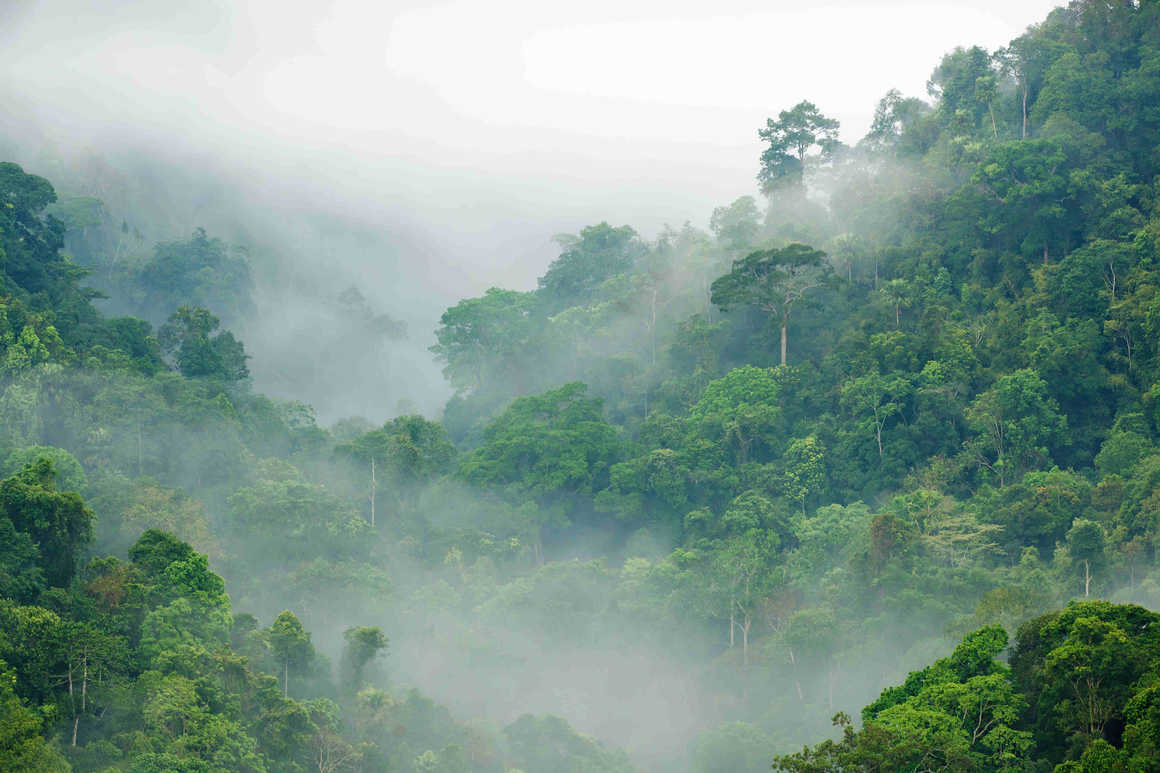
Reducing our carbon footprint
In November each year, we contact our partner Forest Carbon with our forecasted emissions and send them the monetary equivalent to offset our emissions through supporting three of their carbon offsetting projects.
The C02e emissions produced by each trip we run are noted at the top of the trip page and the cost to offset these is included in the price of all our trips. We have chosen to offset our trips by contributing towards three different environmental projects set within some of our favourite destinations: Indonesia, Peru and the UK.
Katingan, Indonesia – Peatland and Forest Conservation project
Indonesia is a leading light in the fight against climate change, with green travel in the country being an expectation rather than a bonus.
The area in which our project takes place is a popular location for growing Acacia trees. The farming of Acacia trees is usually run by large overseas corporations and often involves forest clearance, drainage and burning of underlying peat which releases the carbon and methane stored by the area.
To reduce the effects of forest clearance and support local residents to make a living by more sustainable means, we are providing funding for the farming of smaller scale products such as honey and coconut. Planting trees that are good pollinators has a positive influence on the biodiversity in species, promoting natural fire prevention and employing members of the local communities improves the general upkeep of irrigation canal systems as issues are noticed and resolved quickly using traditional methods which contributes to the restoration of peatland ecosystems.
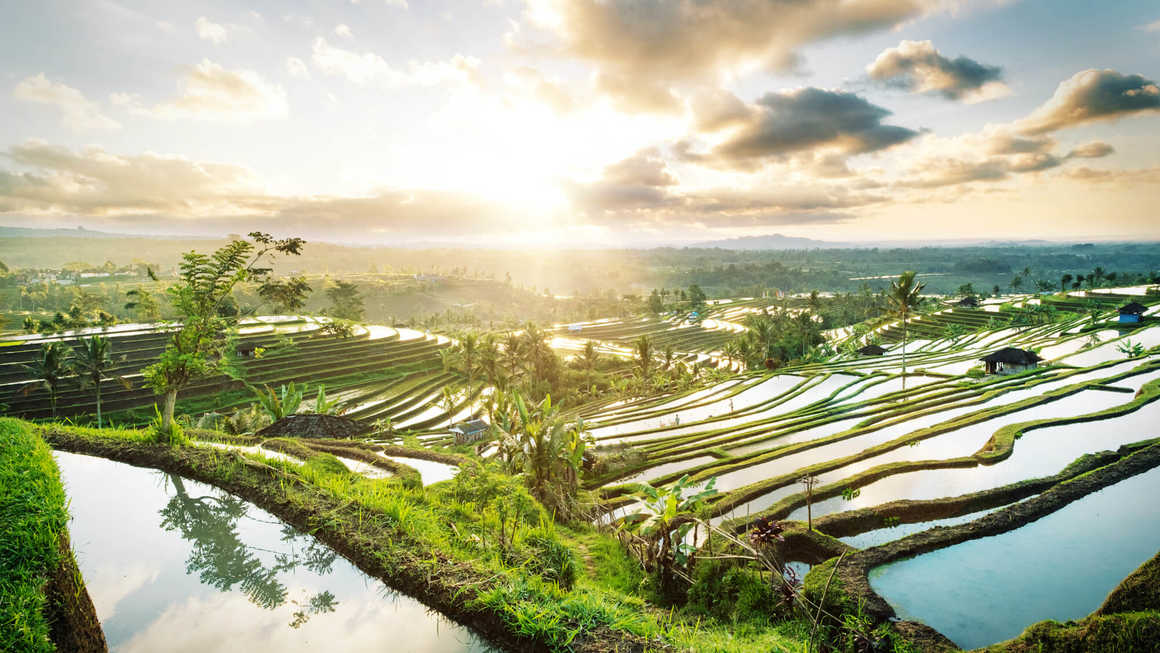
Nii Kaniti, Peru – Community Forest Management
Peru is one of Kandoo Adventures key destinations and therefore holds a firm place in our hearts. Nii Kaniti was the first indigenous FSC certified programme in the world and the first of any kind in Peru.
The project focusses on protecting the rainforest from corporate deforestation through empowering indigenous-led sustainable development within the forest. Employing local community members to log timber using sustainable traditional methods is a critical step to helping protect old growth in the forest.
The management of the land has been split between the seven indigenous communities that span the area, supporting the development of socially inclusive business. This means it not only is addressing the biodiversity and conservational issues the area is facing but also provides employment in a very remote area of Peru.
Covering an area of 119, 837 hectares of rainforest the project has so far reduced emissions by 2.7 million tonnes.
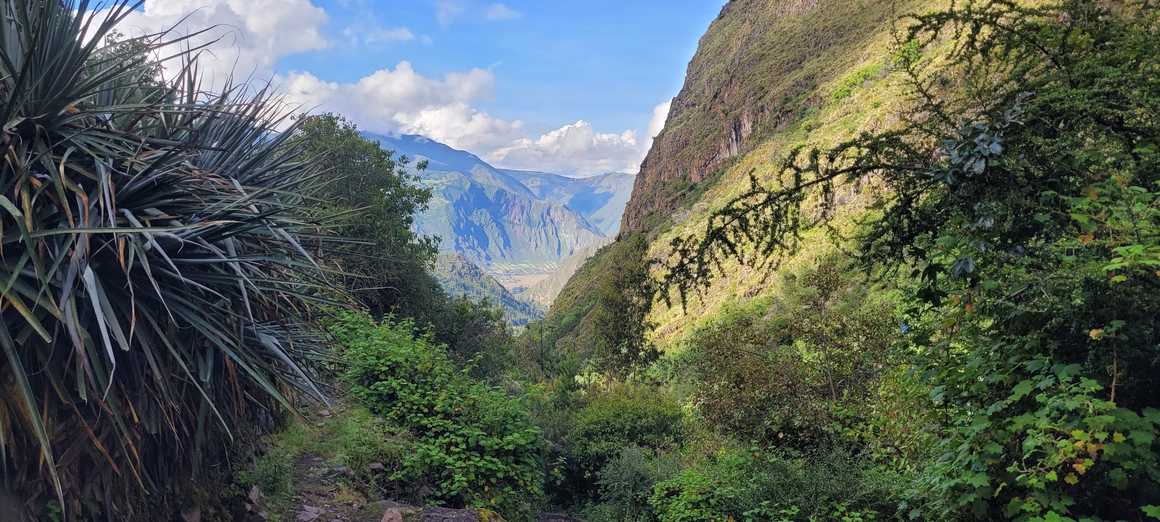
Lowther Estate, UK – Mixed Woodland
Just a stone’s throw from our UK office, the Lowther estate project is planting new, mixed woodland across 76 hectares of land, creating woodland corridors that will support the local wildlife by integrating the existing estate forests into the wider landscape.
As well as creating a woodland corridor, the design of these new planted areas delivers natural flood mitigation to the local catchment. The species of trees being planted are all native to the area and include: Sitka Spruce, Douglas Fir, Scots Pine, Oak, Birch, Rowan, Lime, Hazel, Hawthorn, Apple, Aspen, Alder and Cherry.
As this project is yet to achieve fruition, and the trees will not be effective in removing C02 from the environment until they are 5-10 years old, we use this project to offset any overflow of sales that are above our expected trip departures at the end of each calendar year.
But offsetting our carbon emissions is only the beginning of our efforts to reduce carbon emissions on our trips. We take great pride in the designing of our itineraries to create low impact experiences for our guests.
Of over 100 epic adventures that we offer destinations worldwide, only 15 include domestic flights, 8 of which take guests to the Everest region of Nepal where a flight into Lukla is very difficult to avoid. We prefer instead to opt for slower paced travel: train, boat and on foot being our chosen methods. Designing slower itineraries that favour fewer flights and more immersive experiences not only allows our guests to really engage with the destination they are visiting, but provides more sustainable travel opportunities, reducing the impact of the trips on the local areas we are visiting.
Luckily for us, the adventure element of our trips automatically champions a lower environmental impact. Favouring camping over more luxurious styles of accommodation produces less of an environmental impact and our meals, whilst camping, use local produce and are locally sourced to minimise the distance the food has travelled to reach us. As our trips are active and adventure-filled we also find our guests have less opportunity to engage in material consumption in their downtime and where there is time set aside for this, we try to encourage shopping local, including visits to local souks, markets and locally owned cooperatives.
Group sizes is also a big consideration when looking at how much impact we have on an area. The larger the group, the more tents are needed, the more food and cooking gas must be transported and the more wear on the earth from large numbers of boots tramping over it. We have made the conscious decision to limit our group sizes to a maximum of 12 for our treks and 6 for our peak climbs. The intention of this is to reduce our environmental impact and the strain on local resources, however we find it also has the added bonus of creating enjoyable close knit group dynamics. So it’s a win-win in our book!
We are proud that this is the type of travel we are passionate about and will continue to improve and develop our offers to provide more sustainable experiences in the future.
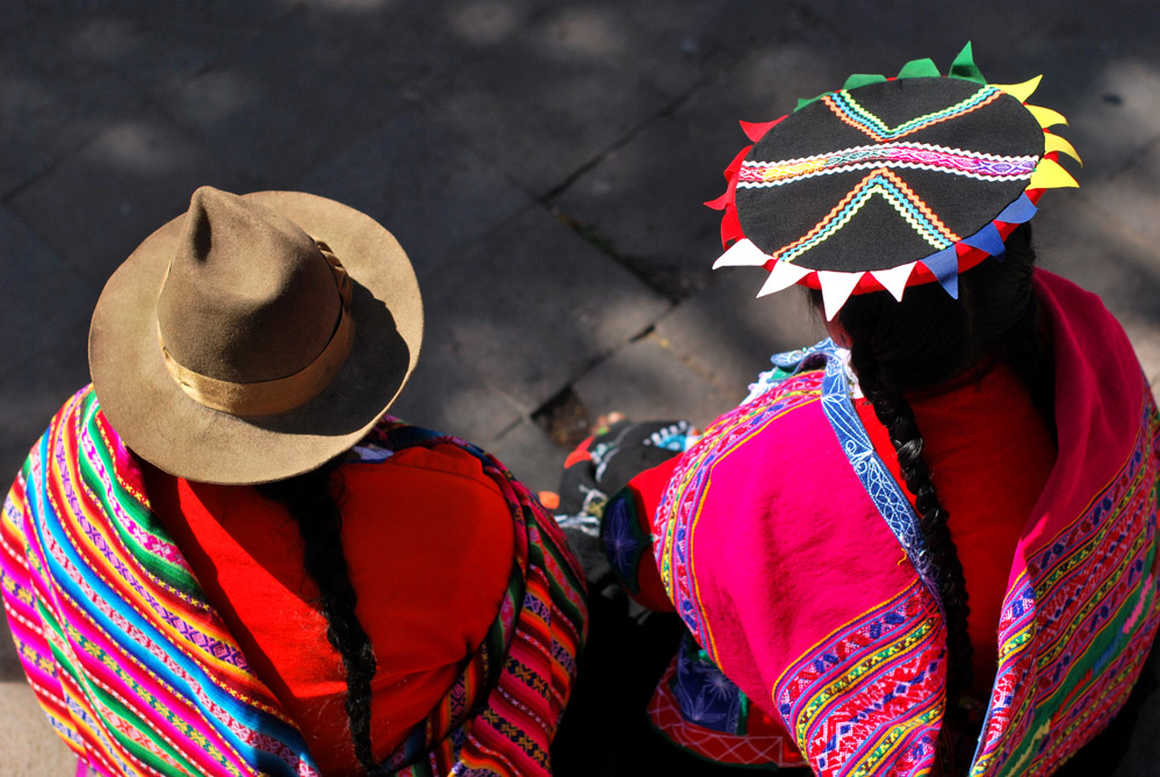
Supporting local communities
Part of being a sustainable brand means having a positive impact on the local areas that we visit. Having a good relationship with these areas is something we have built up over time and at the forefront of this are the people that we work with. We have brilliant relationships with our local managers and through them we are able to employ highly experienced, local guides on the majority of our trips.
Tanzania, Peru, Nepal and Bhutan are where we first began to build strong, capable teams, employing locals and promoting employment opportunities within the local area, helping to boost economic standards. We find that in these destinations our guests completely fall in love with the local teams as their attention to detail and knowledge of the area are far beyond anything a foreign guide can provide. This way of working is now integrated into as many destinations as possible, creating an unrivalled pool of insights and experiences that only locals can deliver.
Not only does employing locals create an elite experience for our guests, but it ensures the money from staff wages is going back into the local economy and in turn, we are reducing the environmental impact of our trips as we aren’t flying guides out to destinations.
Our local projects and partners
In addition to employing local teams, at Kandoo Adventures we also support charities working to improve the lives of locals in some of the developing countries that we visit. This is part of our commitment to give back to the people that make our trips so incredible.
Robertson Outdoor Bursary (R.O.B) are a UK registered charity who provide sponsored places for porters on the Guide Licence Training Scheme at the College for African Wildlife Management (CAWM) in Tanzania. All guests who climb Kilimanjaro with us are offered the opportunity to nominate, donate towards, or sponsor a porter aiming to complete their guide scheme. We think our team on Kili are simply phenomenal and we love that we can support some of them to improve their quality of life through this brilliant charity.
Another charity we work alongside are the Kandoo Himalayan Foundation. This charity has been set up and is run by Pimba, our Nepalese manager, with the help of our awesome team of guides out in Nepal. For each guest that books a trek in Nepal with us, we contribute £50 towards this charity. The charity then uses this funding, along with its own fundraising, to improve the lives of the Bhote community living in Hongong; a very remote, rural village in the Nepalese Himalayas. Due to the extreme rurality of the location, many of the younger population of the village have now moved to Kathmandu where obtaining groceries does not require a two day walk, and medical assistance is easier to receive. We are supporting the work of the Foundation by offering a lifeline to encourage a younger demographic to continue to live in the area, helping to boost the economy and build the infrastructure to improve education and healthcare through a ‘bottom up’ approach.
We are immensely proud of the partners we work alongside to improve the lives of locals in Tanzania and Nepal and look forward to expanding our support to more destinations in the future. Yet, it is not only the people who are important to us, but the places too. After all, it’s exploring new, untouched locations that really fires our passion for adventure.
Our partnership with the Tambopata Ecolodge truly reflects this ambition. The lodge is set amidst the Amazon rainforest and is officially certified by the Peruvian government to provide continued conservation in the Tambopata Private Conservation Area, the largest protected natural area in its category in Peru. After setting up a protected perimeter boundary, the area has seen exponential growth of native species and expansion in diversity of plant and animal life. Working with the lodge enables our guests to reap the rewards of these conservation efforts, whilst resting in the knowledge that their stay is contributing towards supporting them.
Moving eastwards to Bhutan, our in country manager Tandin, has a strong passion for reducing our environmental impact and has taken this one step further by creating the ‘Wild Kandoo’ project…our very own Kandoo forest! Still in its early stages, this rewilding project is set to become a future carbon collection machine, as well as another way for guests to give back to the beautiful environment they have visited.
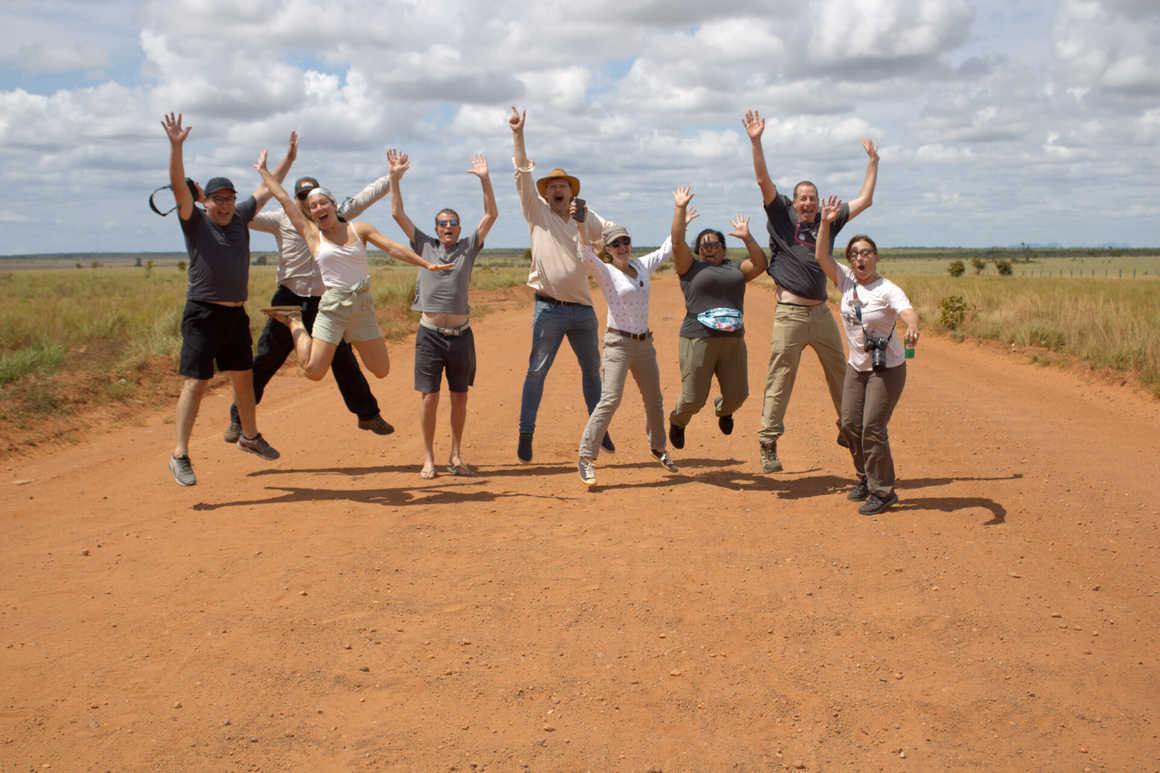
So, where to go from here? Travel sustainably with Kandoo
Now, we’re not suggesting you curb your adventurous spirit because there’s nothing quite like feeling that rush of the unknown! However, learning about the companies you are travelling with and delving into how transparent they are with their environmental responsibility is definitely a good start to planning your next sustainable adventure. We like to keep an open and honest communication with our guests, so you can be confident in us to provide your ultimate green getaway. Click below to find your next iconic adventure that we are working hard to ensure you can keep visiting for many years to come.
